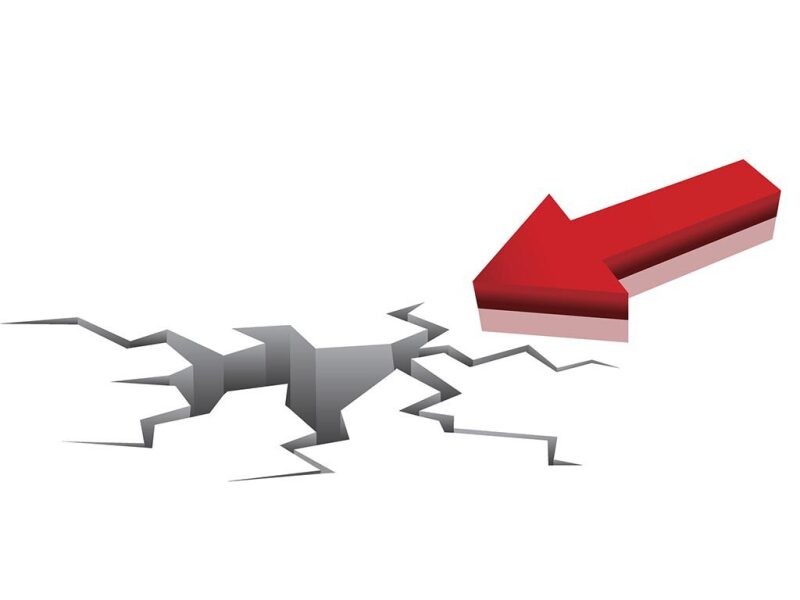The surge in unconventional completions has created a substantial accumulation of previously hydraulically fractured wells that are candidates for hydraulic refracturing. Completion diagnostics are a valuable tool in determining the most cost-effective stimulation and completion parameters, part of the refracturing optimization process. Refracturing allows the operator to capitalize on this continuous improvement in stimulation design. It also provides an excellent opportunity to add incremental production.
Introduction
The primary purpose of refracturing is to increase production from an existing wellbore through stimulation of new rock and the re-establishing of conductive pathways between the reservoir and wellbore.
×


Continue Reading with SPE Membership
SPE Members: Please sign in at the top of the page for access to this member-exclusive content. If you are not a member and you find JPT content valuable, we encourage you to become a part of the SPE member community to gain full access.

